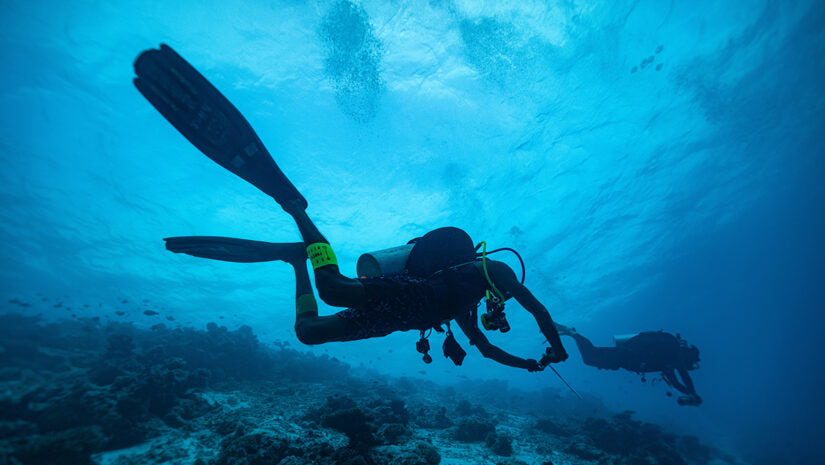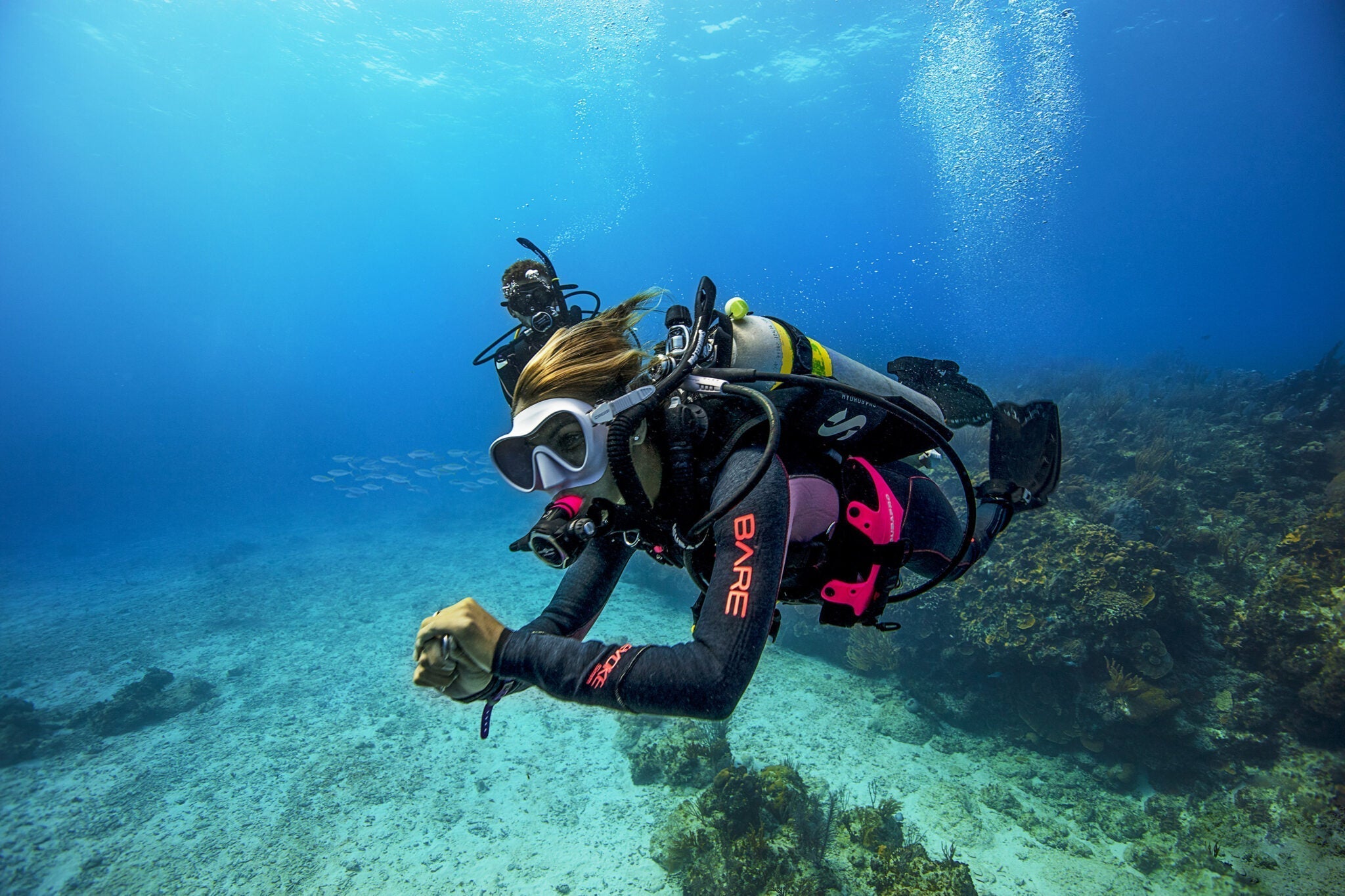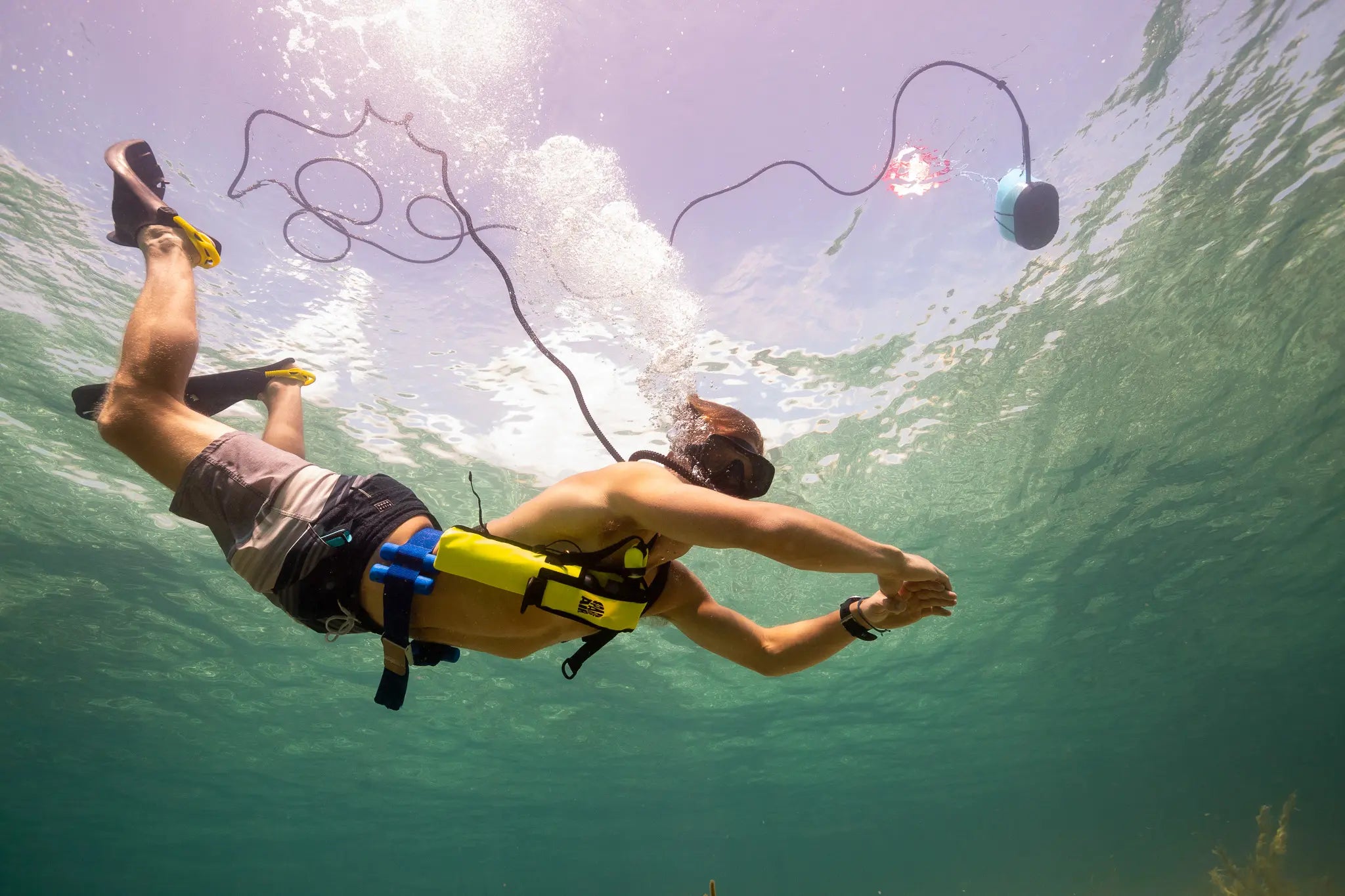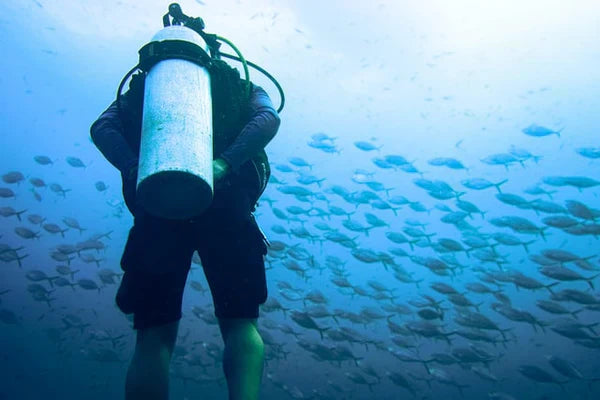
Handheld scuba tank safety: 7 essential checks before diving
Before diving with a handheld scuba tank, perform these 7 checks: 1) Inspect the tank for dents/cracks (even small damage can be hazardous); 2) Confirm the pressure gauge reads 200-300 bar (standar...

Steel vs aluminum dive tanks: 5 weight & durability factors
Steel dive tanks are 20-30% heavier than aluminum tanks (avg. 30-40 lbs vs. 25-35 lbs) but last 2-3 times longer (20+ years vs. 8-12 years). Aluminum tanks float when empty, while steel sinks, affe...

Mini scuba tank certification requirements: 6 myths debunked
Here’s a concise debunking of 6 common myths about mini scuba tank certification: Contrary to popular belief, no formal certification is required for tanks under 2 cubic feet (like 0.5L models), bu...

Portable scuba tank regulations: 5 travel rules for divers
When traveling with portable scuba tanks, divers must follow key regulations: FAA allows empty tanks (under 50 psi) as carry-ons, while pressurized tanks require hazardous material labels and airli...

How long does a mini scuba tank last 5 depth & pressure scenarios
A mini scuba tank (typically 3-5 cubic feet) lasts 10-15 minutes at 33 feet (10m) with moderate breathing, but duration drops sharply with depth: 5-8 minutes at 66 feet (20m) due to doubled pressur...

Mini scuba tank lifespan guide: 5 factors affecting longevit
Here’s a concise guide on mini scuba tank lifespan: 5 key factors impact durability—material quality (aluminum lasts 15-20 years, steel 20-30 years), usage frequency (weekly dives shorten life by 3...